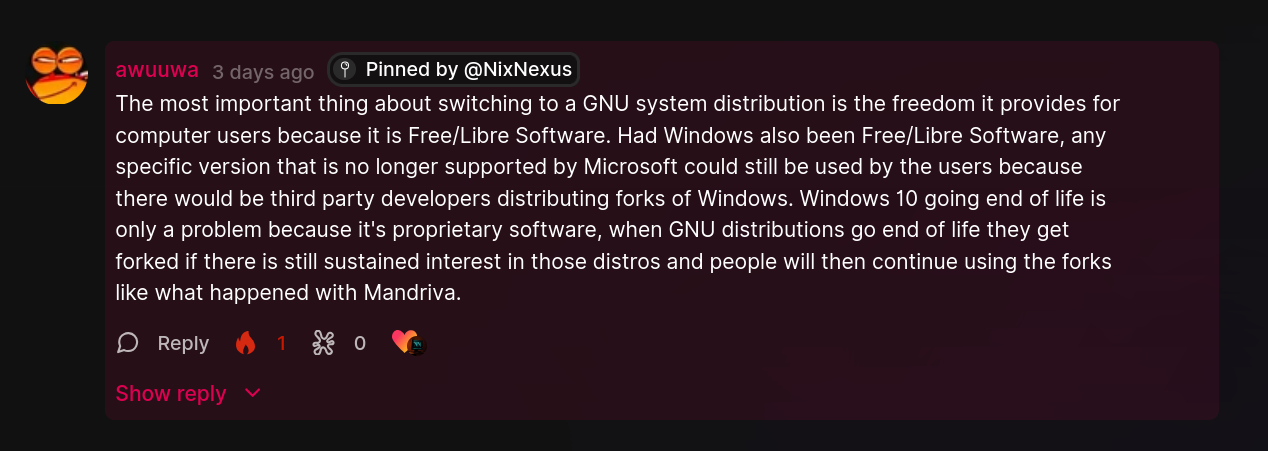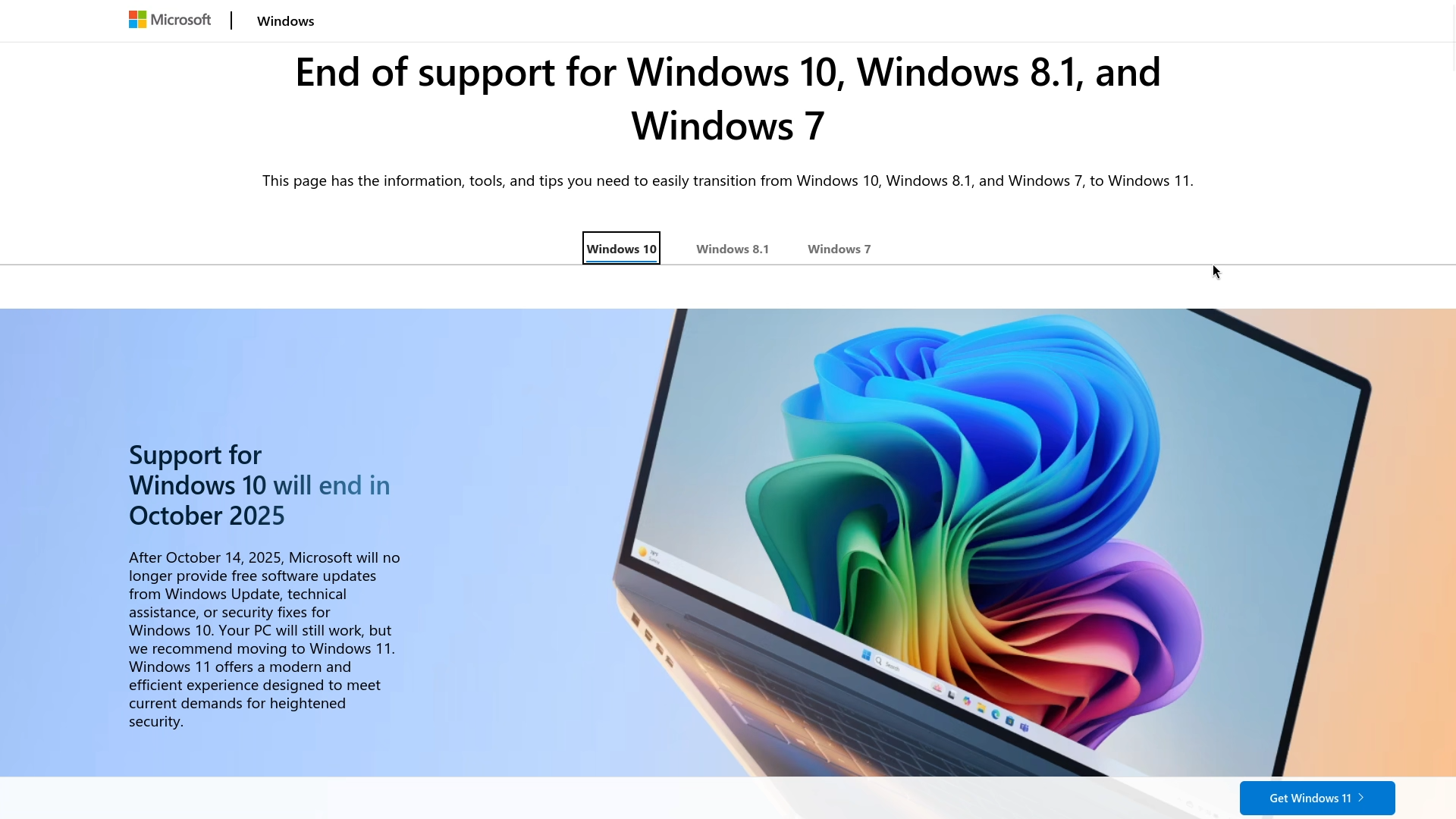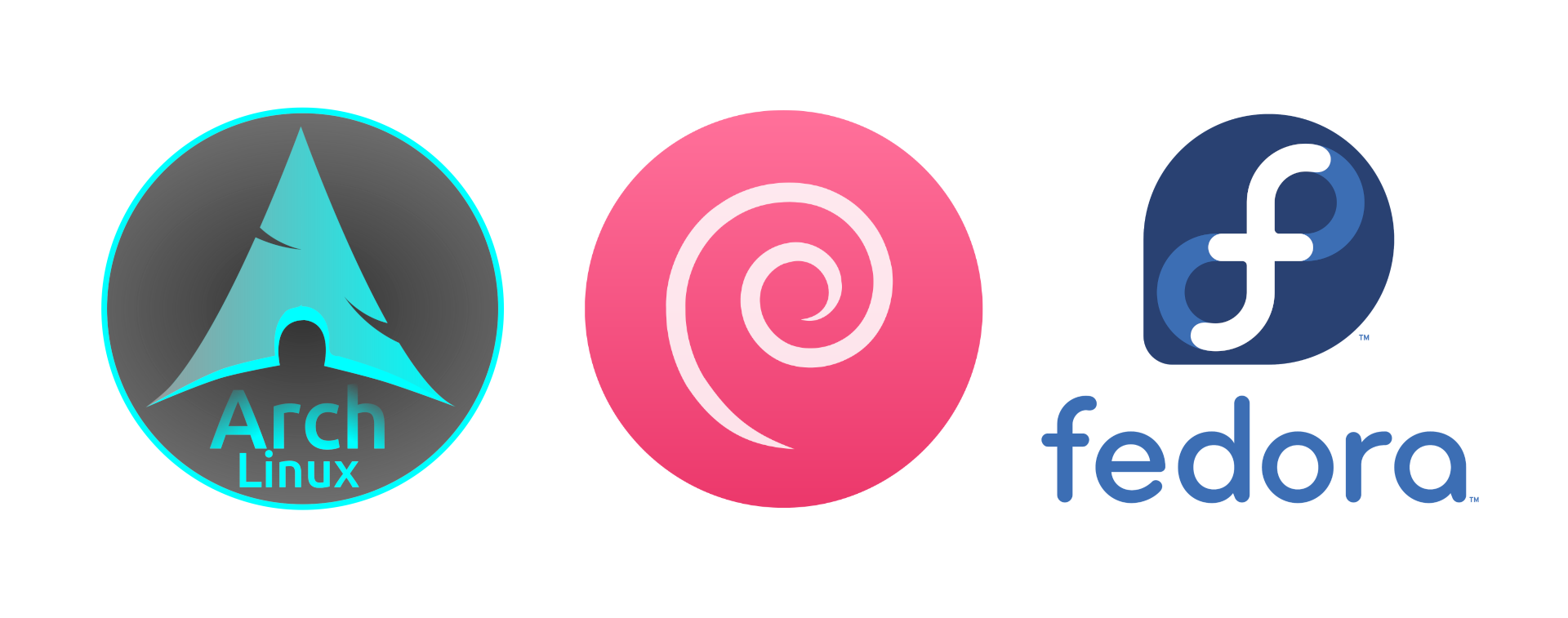What If Windows OS Were Open Source? A FOSS Philosophy Analysis
This article was inspired by a brilliant comment I came across in the Odysee community. A fellow free and open-source advocate with the username “awuuwa” left a comment that was not only insightful but also fundamentally true. It really stuck with me and eventually became the central idea for this article.
The comment made an important point:

This observation became the central question for this article: What would computing look like if Windows operated under the same free and open-source principles as GNU/Linux?
October 14, 2025: The End Of an Era
On October 14, 2025, an era of personal computing has come to an end. The Windows 10 operating system is officially dead. Not because it stopped working or computers cannot handle it, but because Microsoft decided to end support.

This is not a technical decision, but a corporate one. A decision that instantly turns millions of perfectly working pieces of hardware and personal computers into e-waste. And the irony is striking: Microsoft chose October 14th, 2025, the same day the world observes International E-Waste Day. A day when the world is trying to recycle for sustainability.
This raises a compelling question: What if Windows were built on the philosophy of Free and Open-Source Software?
Imagining an Open-Source Windows
No. 1 - Windows with the Freedom to Use and Study
If the source code of Windows Operating Systems had been open, volunteers could have simply removed the restrictive requirements, like the TPM 2.0 lockout that blocks older PCs from upgrading. Users wouldn’t have to “hack” their way around an installer. It would have been legitimate, supported, and transparent. Just like in GNU/Linux, where various communities maintain compatibility with older systems long after official vendors stop supporting them.
No. 2: Windows with the Freedom to Modify and Redistribute
When Microsoft announced the 2025 end-of-life for Windows 10, the community would have stepped in. A group of developers and volunteers might have created a fork, maybe called Windows Freedom Edition, or Windows Libre, or even OpenWindows. They would have picked up development from where Microsoft left off. Just like what happened with Mandriva, which became Mageia and OpenMandriva. Or CentOS, which became AlmaLinux and Rocky Linux when their corporate parents moved on. The community took over, and that’s the magic of Free Software: When a project dies, the code lives on, and it rises again from the community.
The Ripple Effect
If Microsoft had open-sourced Windows decades ago, the entire landscape of computing might have been different. Schools, offices, and small businesses could have safely used PCs for years. Developers could have fixed bugs faster than Microsoft could ever imagine. Specialised forks of Windows could have existed, all community-driven and user-respecting. And Microsoft could have still profited by offering enterprise support, cloud services, and consulting, just like how Red Hat or SUSE do today. They could have earned trust and provided value, rather than locking down code.
Alternatively, Linux might not have existed in its current form. Or perhaps it would have evolved into something entirely different, competing on pure merit rather than necessity.
The Reality: Microsoft’s Position on Open Source
But let’s come back to reality for a moment. The question remains: Would Microsoft ever actually do this?
The answer is complicated. Back in the early 2000s, Bill Gates famously called open source “a cancer.” But by 2015, things shifted dramatically. Mark Russinovich, CTO of Microsoft Azure, said something remarkable: “We would not rule out the notion that Windows might go open source. In fact, it is definitely possible.”
So Microsoft has acknowledged the possibility. Under the leadership of Satya Nadella, Microsoft proved they were willing to open-source some of their biggest projects. They released the .NET Software Framework as open source. Visual Studio Code, one of the most popular code editors in the world, is open source. So, the capability is there. The possibility exists. Microsoft has already walked this path with other products.
The Real Obstacle: Profit Over Principle
But here’s the catch: Microsoft knows that Windows Operating Systems, along with the MS Office Suite, are its two biggest cash cows. They generate enormous revenue not just from licensing, but from telemetry, data collection, targeted advertising, and so on. They have hundreds of millions of locked-in customers. Open-sourcing Windows would mean losing control over that ecosystem.
And sadly, the world we are dreaming about does not exist. Every model I previously mentioned already works, just not for Microsoft Windows. As a result, Windows is still proprietary software. Which means Microsoft has control, and for Microsoft, control is more valuable than innovation or sustainability.
This “End of Support” cycle is not their technical limitation. It is a business model designed to keep users dependent, to sell new hardware, and to collect more data. This is not the first time this has happened, and it won’t be the last.
The Real Alternative: Free and Open-Source Systems
But like Windows 10, not everything is lost; there is still good news. The freedom we imagined already exists. This longevity, this transparency, this sustainability — it is the reality of GNU/Linux and the Free and Open Source world.

In the real world, Microsoft’s philosophy is about controlling its users. FOSS is all about empowering them. You don’t have to dream of a “FOSS Windows.” You can use a real Free and Open-Source operating system today — that respects you, your hardware, and your freedom.
What’s Your Take on This
Just like European Union users forced Microsoft to provide one year of Extended Support, will Microsoft ever be forced to make a version of Windows that’s truly open source? Or will they continue prioritising profit over sustainability? These are questions worth considering as we move forward in the digital age.
The philosophy of free and open-source software has proven itself through decades of innovation, community support, and genuine user empowerment. Whether Microsoft will ever embrace this philosophy remains to be seen, but the alternative is already here and waiting.
💬 Engage With The Community:
🎬 Prefer watching? Here’s the detailed video:
📑 Related Posts:
🔀 Share this Article:
